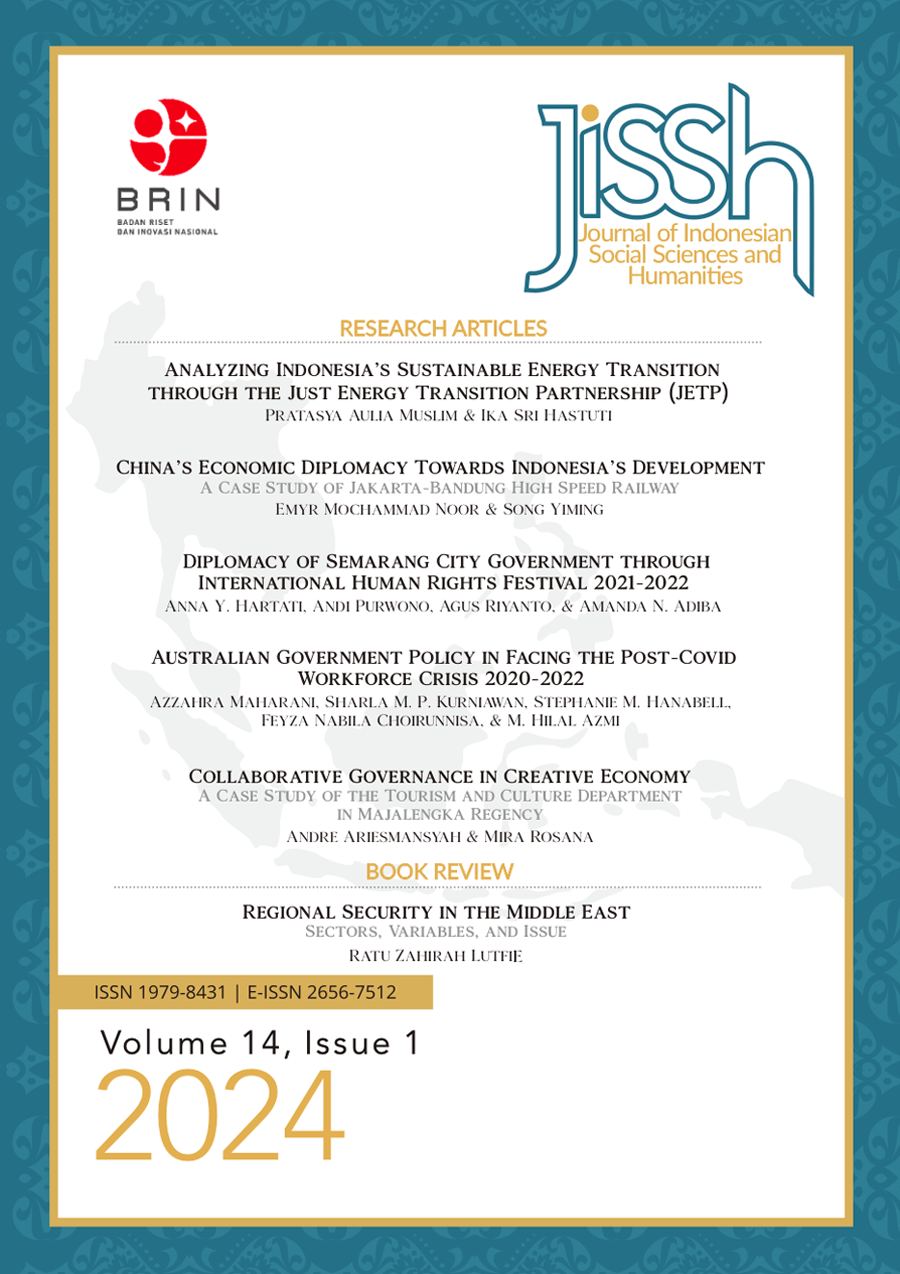Regional Security in the Middle East
Sectors, Variables, and Issue
Abstract
The contents in this book adopted a comprehensive approach to identifying and analyzing the dynamics of security in the Middle East. The contents are divided into three parts. The first part focuses on identifying threats operating within the political, economic, social, and environmental sectors. The second part seeks to investigate the impacts of various factors, such as geography, environment, available resources, and migration patterns. This section is deemed essential by the authors, as these factors significantly influence future security in the Middle East. Meanwhile, the third part provides an in-depth examination of the political economy, addressing topics such as the role and effectiveness of regional human rights organizations, the causes of religious radicalization, the use of religion to justify political conflicts, the role and strategies of regional non-state violent actors, and the dynamics surrounding the Arab Spring..
References
Alunaza, H. at al. 2018. The Pacific Solution as Australia’s Policy towards Asylum Seeker and Irregular Maritime Arrivals in the John Howard Era. Jurnal Ilmiah Hubungan Internasional Vol 14 (1). Hal: 61-75.
Sherin, Virginia. 2020. Faktor-Faktor Terbentuknya Stop Soros Law Sebagai Kebijakan Hungaria Terkait Masalah Migrasi. Pontianak: Universitas Tanjungpura.
Koch, B. & Stivacthtis, AY. 2019. Regional Security in the Middle East; Sectors, Variables, and Issues. Bristol: International Relations Publishing.
Downloads
Published
Issue
Section
License
Copyright (c) 2025 Ratu Zahirah Lutfie

This work is licensed under a Creative Commons Attribution-ShareAlike 4.0 International License.
Authors who publish with this journal agree to the following terms:
1. Authors retain copyright and grant the journal right of first publication with the work simultaneously licensed under an Attribution-ShareAlike 4.0 International (CC BY-SA 4.0) license. This license allows others to remix, adapt, and build upon the work, as long as they credit the author and license their new creations under the same terms.
2. Authors may enter into separate, additional contractual arrangements for the non-exclusive distribution of the journal’s published version of the work (e.g., posting it to an institutional repository or including it in a book), provided there is an acknowledgment of its initial publication in this journal.
3. Authors are permitted and encouraged to post their work online (e.g., in institutional repositories or on their personal website) prior to and during the submission process, as this can lead to productive exchanges and increase citations of the published work (See The Effect of Open Access ).


















